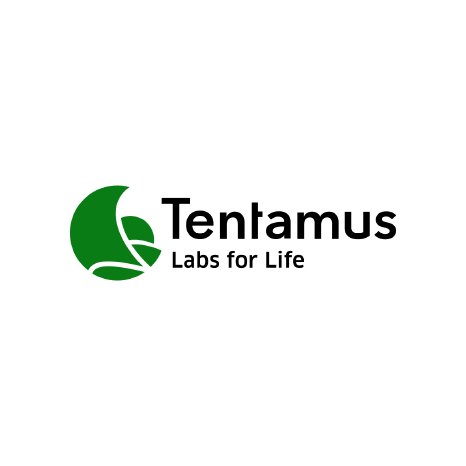Extraction of flavours from a natural source is often very complex and thus expensive (e.g. vanillin from bourbon vanilla pods). In comparison with that production of artificial vanillin in the lab is far cheaper. Differentiation between natural and artificially synthesised flavours can only be done, if at all, by specialised laboratories. Existing methods commonly used to detect food fraud are usually based on the analysis of stable isotopes like 12C/13C (C=carbon).
The „Global Center of Excellence for Food Fraud“ of the Tentamus Group checks feasibility to use radioactive decay of the isotope 14Carbon to distinguish natural flavours from artificially produced ones. The Center does not spare cost and effort to achieve that goal and combines latest technology with different analytical methods to analyse radioactivity in complex mixtures such as food.

